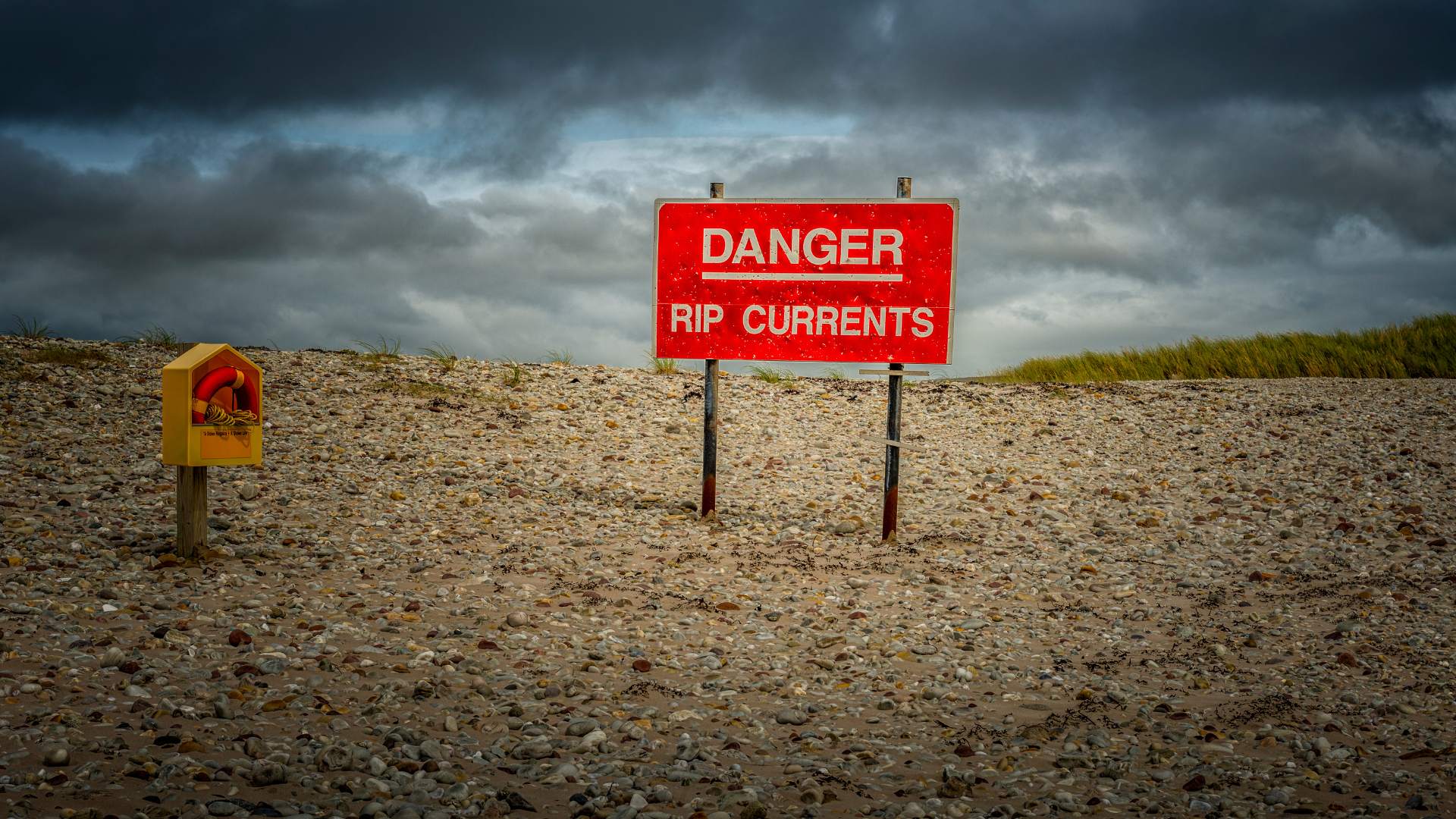
Five ways to spot a rip current at the beach
Want to know how to recognise a rip tide before getting into the water at the beach? Here are five telltale signs of one…

What is a rip current?
Rip currents are fast-moving channels of water that flow from the shore back to the ocean. While they may look harmless, a rip current can pose serious risks to swimmers who don’t recognize them. Knowing how to identify one can make all the difference in ensuring a safe and enjoyable day at the beach.
Here are five reliable ways to spot a rip and stay safe in the water…
1. Calm-looking water between waves
One of the most deceptive signs of a rip current is an area of calm water between breaking waves. While this might appear inviting to swimmers, it’s actually where water is rapidly flowing back out to sea. Rips often disrupt the wave pattern, creating a gap in the surf that can lure swimmers into danger.
2. Foam, seaweed, or debris moving seaward
Keep an eye on the movement of foam, seaweed, or other floating debris on the water’s surface. If you notice these materials being pulled away from the shore in a concentrated, narrow path, there’s a good chance a rip is present. This outward flow indicates where the water is draining back into the ocean.
3. Choppy or murky water
Rip currents often create a patch of water that looks choppier or more turbulent than the surrounding area. The fast-moving current stirs up sand and sediment, making the water appear murkier or darker. If you spot a section of water that doesn’t match the smoothness of the nearby waves, it could signal a rip.
4. Discoloured water
As rips pull sand and sediment away from the shore, they can make the water in the current look brownish or muddy. This discolouration stands out against the clearer, bluer water around it. A patch of discoloured water running perpendicular to the beach is often a warning sign of a rip.
5. Gaps in breaking waves
Another telltale sign of one is a noticeable gap in the pattern of breaking waves. Rips disrupt the incoming surf, creating areas where waves don’t break as consistently. These gaps can signal the location of a rip current and should be avoided by swimmers.